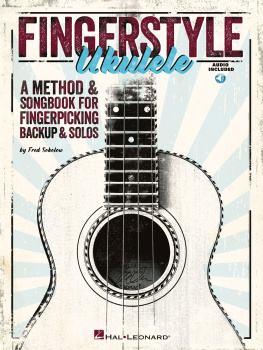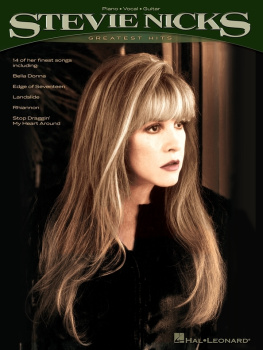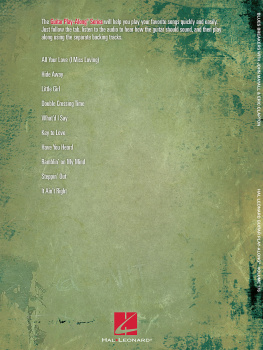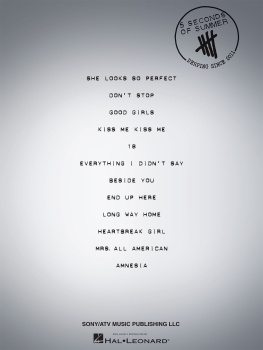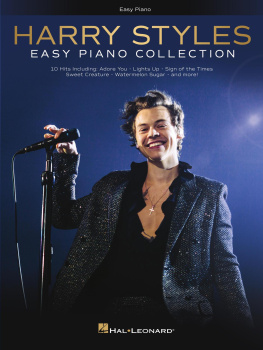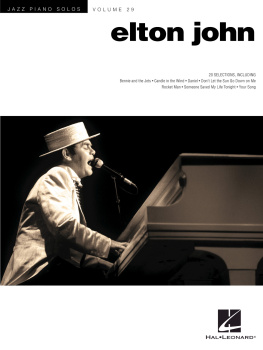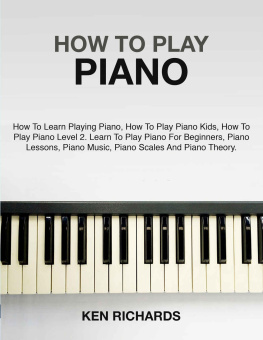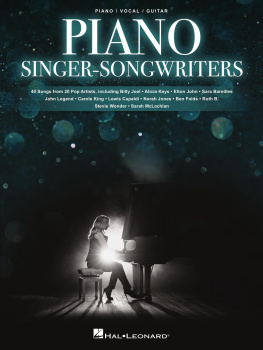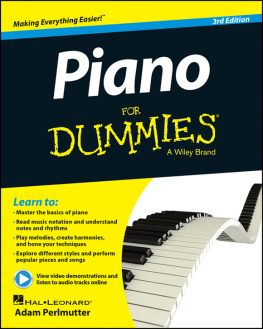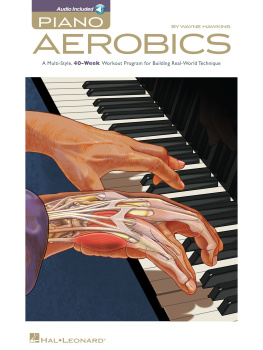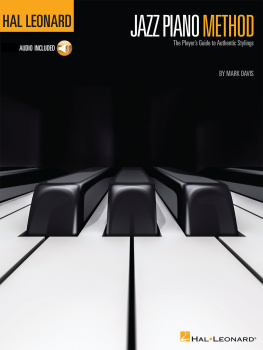BY MARK HARRISON
Cover images:
Norah Jones: NBC/Photofest
Billy Joel: Sante DOrazio
Alicia Keys: ABC/Photofest
Ray Charles: CBS/Photofest
Stevie Wonder: ABC/Photofest
Herbie Hancock Robb D. Cohen / Retna Ltd.
Paul McCartney: MPL
ISBN 978-1-4803-7168-2
7777 W. Bluemound Rd. P.O. Box 13819 Milwaukee, WI 53213
Copyright 2013 by HAL LEONARD CORPORATION
International Copyright Secured All Rights Reserved
In Australia Contact:
Hal Leonard Australia Pty. Ltd.
4 Lentara Court
Cheltenham, Victoria, 3192 Australia
Email: ausadmin@halleonard.com.au
No part of this publication may be reproduced in any form or by any means
without the prior written permission of the publisher.
Visit Hal Leonard Online at
www.halleonard.com
INTRODUCTION
Welcome to Piano Styles of the Masters. If you really want to get inside the styles of todays top rock, pop, and jazz pianists, then youve come to the right place! This book gives the beginning-to-intermediate player a complete introduction to the styles of 23 iconic peformers: from the cutting-edge pop piano of Sara Bareilles, to the classic R&B/jazz fusion of George Duke, to the timeless pop flavor of Paul McCartney and many more!
The main focus of this book is on the comping (accompaniment) styles of these famous players. However, for those artists who are also known for their improvisation skills (such as Herbie Hancock, Bruce Hornsby, Joe Sample, et al), examples including their soloing styles have been included.
Good luck with learning the Piano Styles of the Masters!
Mark Harrison
ABOUT THE AUDIO
On the accompanying audio, youll find play-along tracks for all of the examples in the book. The rhythm section tracks contain bass and drums, plus a selection of other instruments (guitar, synth, organ, and string section).
Sara Bareilles burst on to the pop scene in 2007 with the hit single Love Song. Piano is prominently featured in her writing and recording, and her edgy pop/rock style and driving rhythms incorporate rock, jazz, and R&B influences. As well as being an accomplished pianist, she also plays ukulele and guitar. VH1 recently included her in the Top 100 Greatest Women in Music.
Our first piece in the style of Sara Bareilles is in a mid-tempo pop/rock style and features triad arpeggios (broken chords) in the right hand with syncopated rhythms in the left hand. The overall rhythmic subdivision can be referred to as straight eighths, with each eighth note dividing the beat exactly in half:
There is audio content at this location that is not currently supported for your device. The caption for this content is displayed below.
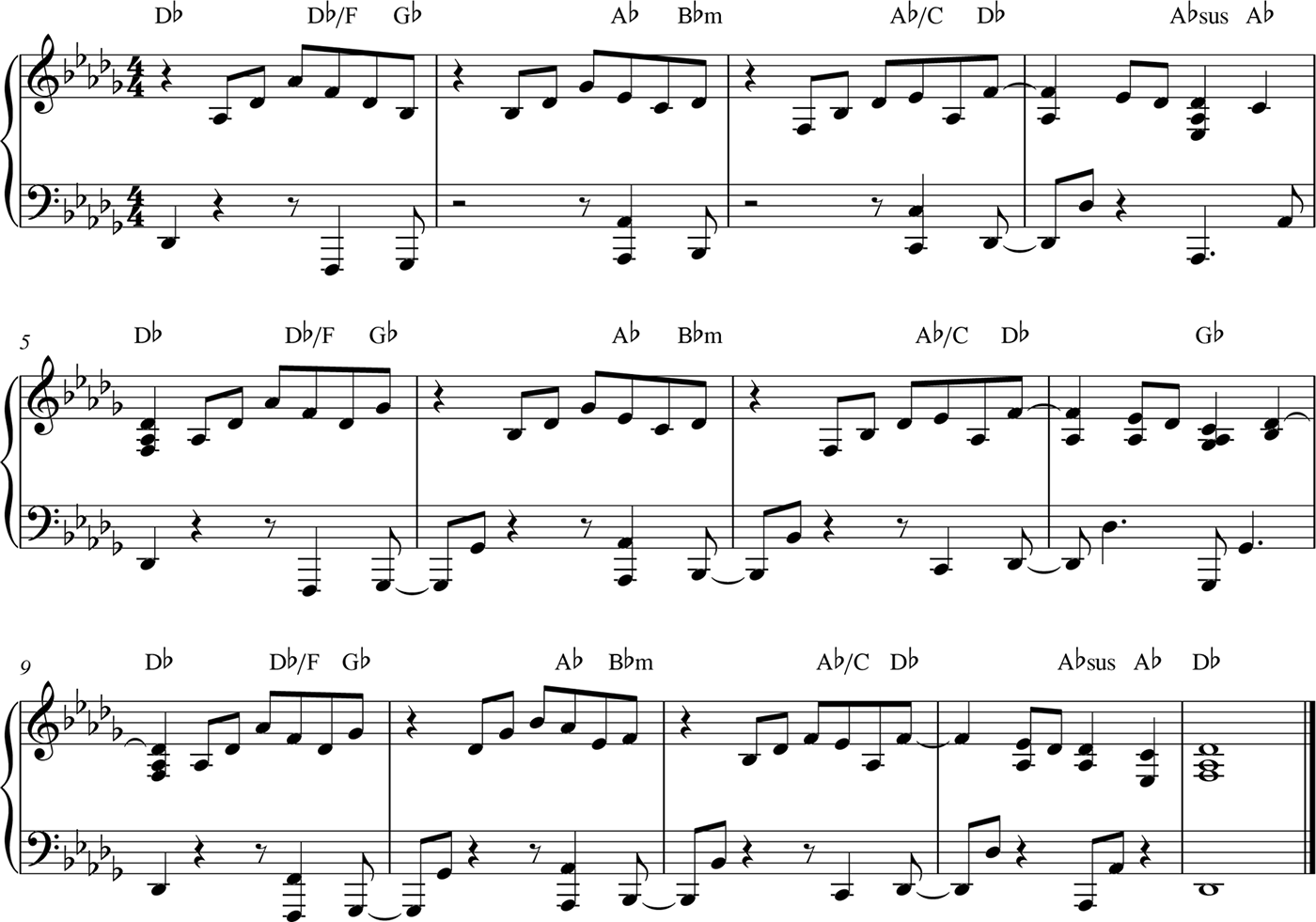
This straight-eighths rhythmic feel is widely used across a range of pop and rock styles. This example is in the key of D E major and uses diatonic triads (triads that belong to the key of the song) with some suspensions. The left hand is most often playing the roots of the chords on upbeats, which are halfway between the downbeats (i.e., beats 1, 2, 3, and 4).
Meanwhile, the right-hand arpeggio most often starts on beat 2 of the measure, then continues playing eighth notes until halfway through beat 4 (the & of 4), where it coincides with the root of the next chord in the left hand. This all combines to create a strong rhythmic figure between the hands, a regular feature in Bareilless piano playing.
When playing this example, ensure that the right-hand arpeggios are steady and even, and emphasize the left-hand accents for a syncopated effect.
Our next piece showcases Sara Bareilless up-tempo, playful jazzy style:
There is audio content at this location that is not currently supported for your device. The caption for this content is displayed below.
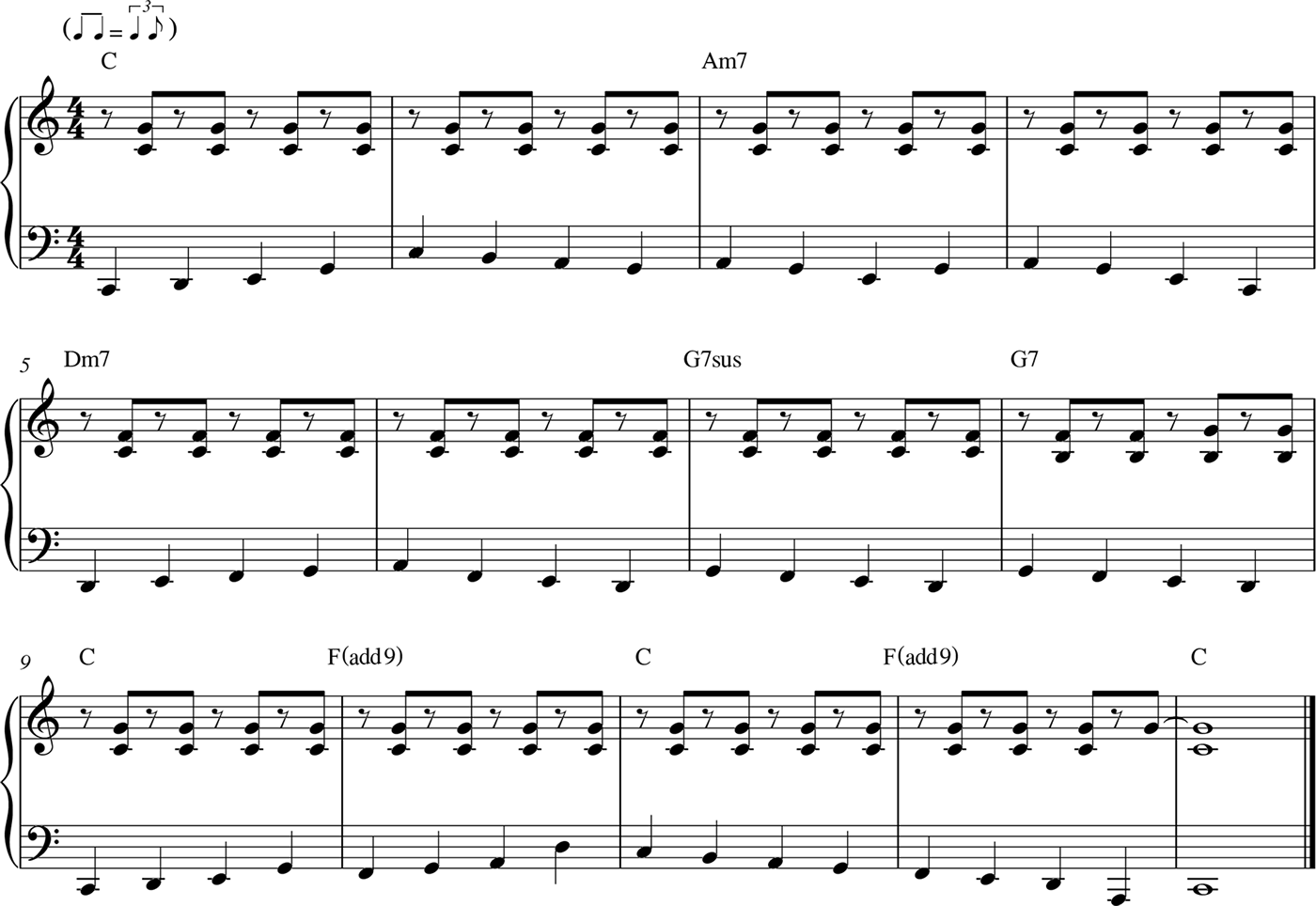
This example is in the key of C major and uses a swing-eighths rhythmic subdivision. This means that the second eighth note within each beat lands two-thirds of the way through the beat, rather than halfway through the beat. Listen to the audio track as needed to get comfortable with this rhythmic concept.
We can count out this rhythm using 1 & 2 & 3 & 4 &, which is commonly used when counting eighth-note rhythms. In this case, the left-hand bass notes land on all the downbeats (i.e., beats 1, 2, 3, and 4), and the right-hand voicings land on all the upbeats (the & of 1, & of 2, and so on). Dont forget that when counting in this swing-eighths rhythmic style, the & lands two-thirds of the way through each beat.
The right hand is playing sparse two-note voicings, rather than full chords. This creates a transparent, less dense effect. On the Am7 and Dm7 chords, the 7th and 3rd of the chord are being played in the right hand. These seven-three voicings are a jazz piano staple, and are also found in more evolved pop styles. The left hand is playing a quarter-note walking bass line, also a common jazz device.
When playing this example, the left-hand bass line should be played legato (smooth and connected), contrasting with the short upbeat voicings played in the right hand.
FURTHER
READING | For more information on the use of seven-three chord voicings in jazz styles, check out my Intro to Jazz Piano: The Complete Guide With CD! (HL00312088). |
Our next example returns to the straight-eighths rhythmic subdivision, this time with a driving pop/rock feel:
There is audio content at this location that is not currently supported for your device. The caption for this content is displayed below.
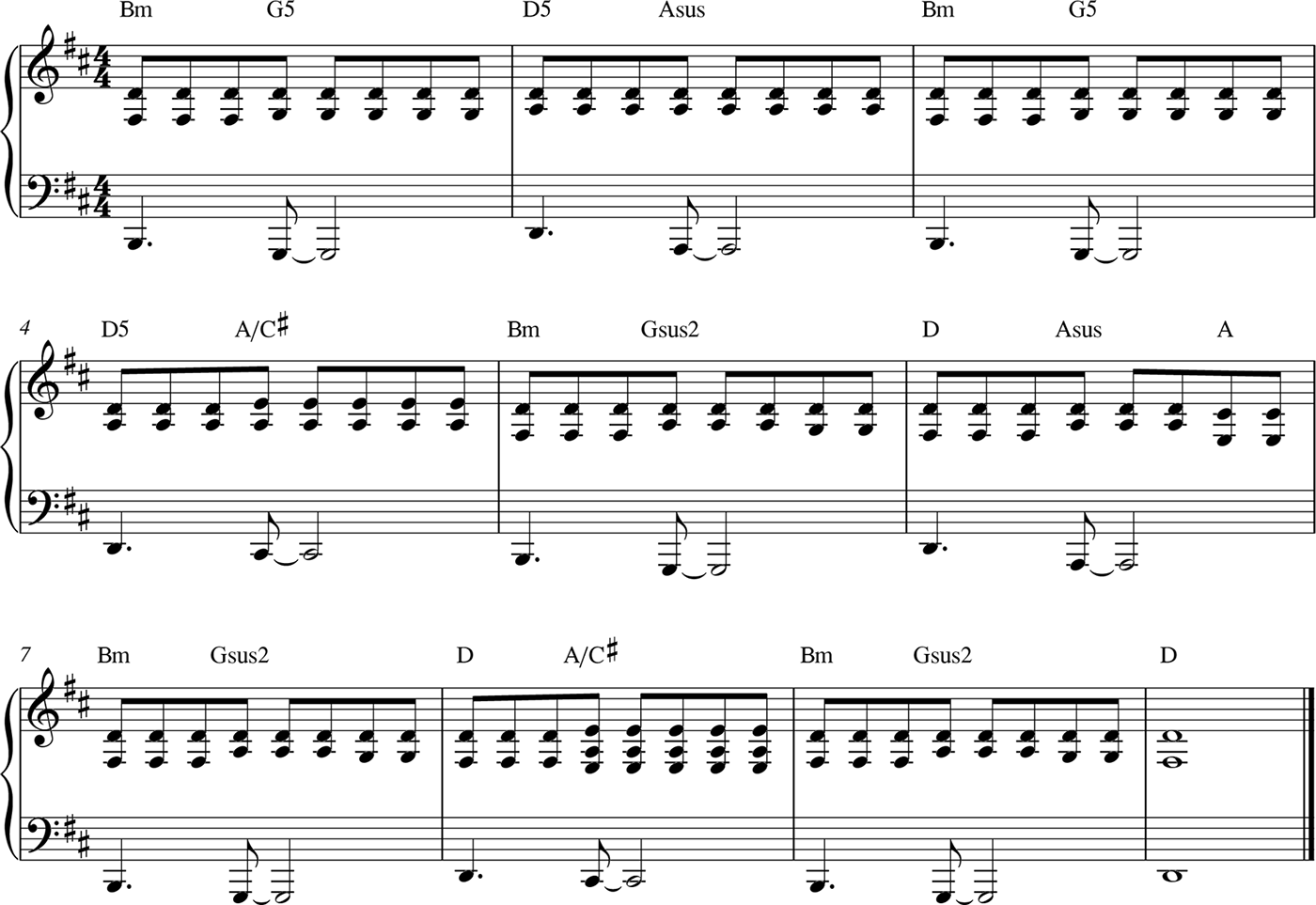
This example is in the key of D major and features the sparser two-note voicings in the right hand, a device often used by Bareilles. A repeated top note of D is used in most of the right-hand part, giving effective continuity across the chord changes. [Theory note: A repeated top note is often referred to as a drone. This is a common technique in piano rock and blues styles.]
The second chord in each measure lands halfway through beat 2 (on the & of 2), which an anticipation of beat 3. This gives a strong kick or syncopation to the rhythm, and is a common device across the range of pop and rock styles. The left hand is playing the root of each chord, at the points of chord change (beat 1 and the & of 2).
When playing this example, lean into the right-hand eighth-note voicings to impart a driving feel. You can give a little extra emphasis on the points of chord change as desired.
Our final piece in the style of Sara Bareilles is a longer example in a bright pop/rock shuffle style:


